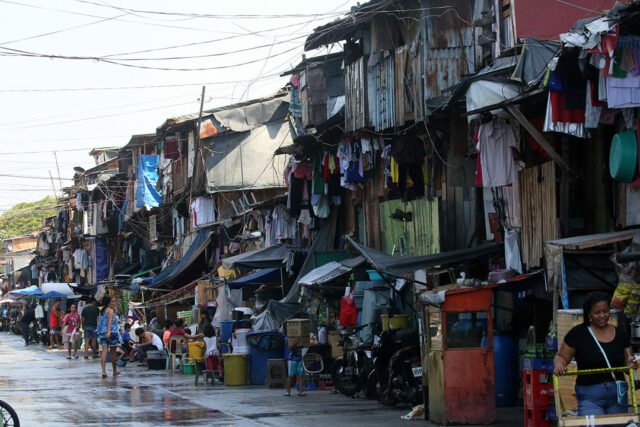Women representation on boards of listed companies should be mandatory — PBCWE
REGULATORS should make it mandatory for publicly listed companies in the country to have women representation on their boards, according to the Philippine Business Coalition for Women Empowerment (PBCWE).
“In my view, make it mandatory but not penalize them (listed firms) immediately. Give them time to comply,” PBCWE Governing Council Chairperson Ma. Aurora D. Geotina-Garcia said on the sidelines of the launch of the “Census on Women in Leadership Roles in Philippine Publicly Listed Companies” report in Makati City on Tuesday.
“Eventually, it becomes part of the DNA that they will consciously and intentionally say that when we start looking for board members, we should also deliberately have a goal of women’s representation,” she added.
The new report showed female chief executive officers (CEOs) accounted for 13% of Philippine listed companies in 2022 from 12% in 2021 and 10% in 2020.
Majority of the female CEOs are from the services sector, followed by the industrial sector and the property sector.
The percentage of females on the boards of directors of listed firms reached 21% in 2022 from 19% in 2021 and 18% in 2020.
Ms. Garcia said the ideal representation of women across the boards of listed companies should be around 30%.
“We have countries who’ve actually imposed quotas including Malaysia, France, and many of the Scandinavian countries. If you impose quotas, there’s more compelling reason for companies to deliberately and intentionally recruit females,” she said.
Ms. Garcia said the Securities and Exchange Commission (SEC) should spearhead the proposal on mandatory women representation, with support from the Philippine Stock Exchange (PSE).
“It should be the SEC because this is regulatory. Although, it should work together with the PSE because the PSE also is part of the decision process of who is going to be listed. I would be happy to see if one of their considerations for the company applying for listing is its diversity and inclusion policies,” she said.
The report also showed that women comprise 40% of executive leadership teams in Philippine listed companies in 2022.
“While there has been progress, many women in executive leadership teams continue to occupy functional or support roles. However, the data indicate an improvement in the representation of women in line or operational roles, which are critical for career advancement to top leadership positions,” the report said.
The report also noted only 2% of large companies and none of the small- and medium-sized firms have set specific gender diversity targets.
“Most (publicly listed companies) have broad diversity policies; however, these need to be complemented by concrete targets in order to be measured and ultimately achieved,” the report said.
The study was done by the PBCWE in partnership with WR Numero Research and supported by Investing in Women and the SEC. The data collection period was from Aug. 15 to Sept. 15 last year.
Meanwhile, SEC Commissioner Javey Paul D. Francisco said sustainability reporting is a tool that can be used by listed firms to disclose women representation in boards, establish inclusivity benchmarks, and track progress on their development.
“It’s evident that women remain under-represented in executive leadership teams and boards and we still have a long way to go,” he said in his keynote speech at the launch event.
Mr. Francisco added that the SEC has introduced guidelines on the issuance of social bonds under the ASEAN Social Bond Standards in the Philippines.
“This allows investors to direct their capital to eligible social projects, including gender bonds, which expand financial opportunities for women, support women-led businesses, and enhance women’s financial inclusion,” he said.
“It’s clear that our journey towards gender equality is far from over. Our vision is a future where gender equality is a given; where it is not just a matter of social justice but rather a strategic necessity and a smart business move leading to greater employee retention, enhanced creativity, and overall better business outcomes,” he added. — Revin Mikhael D. Ochave












